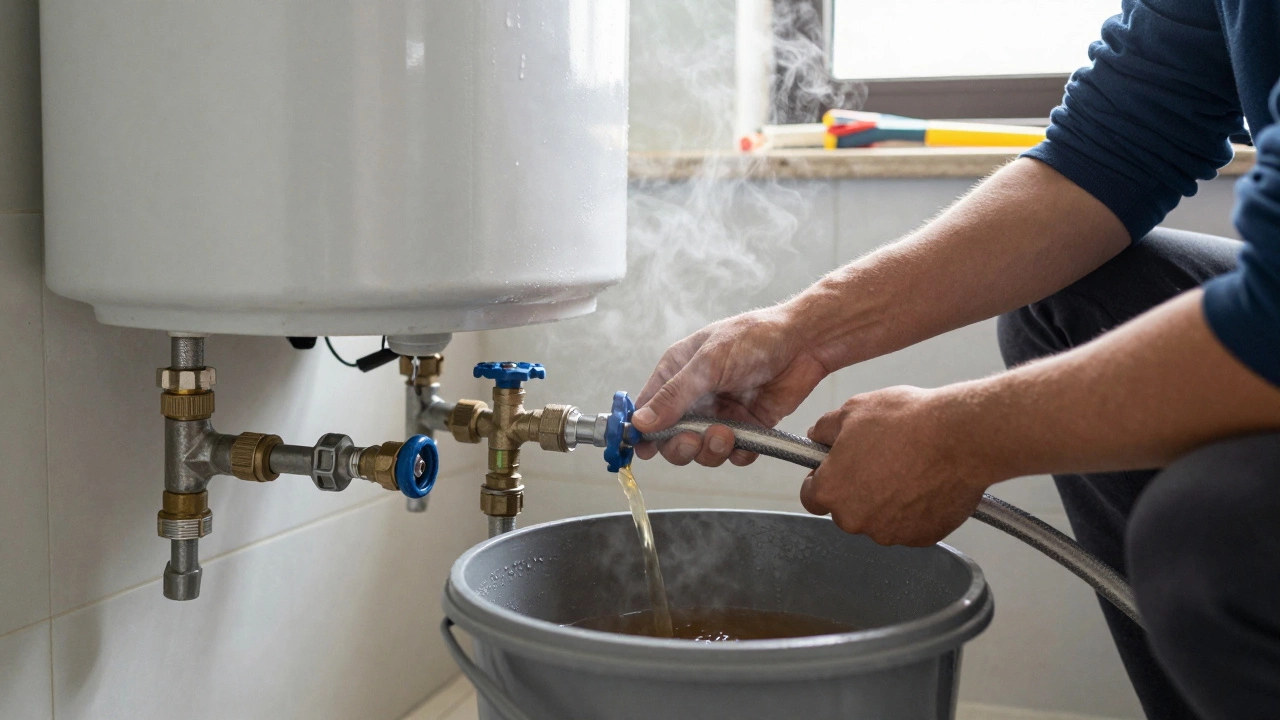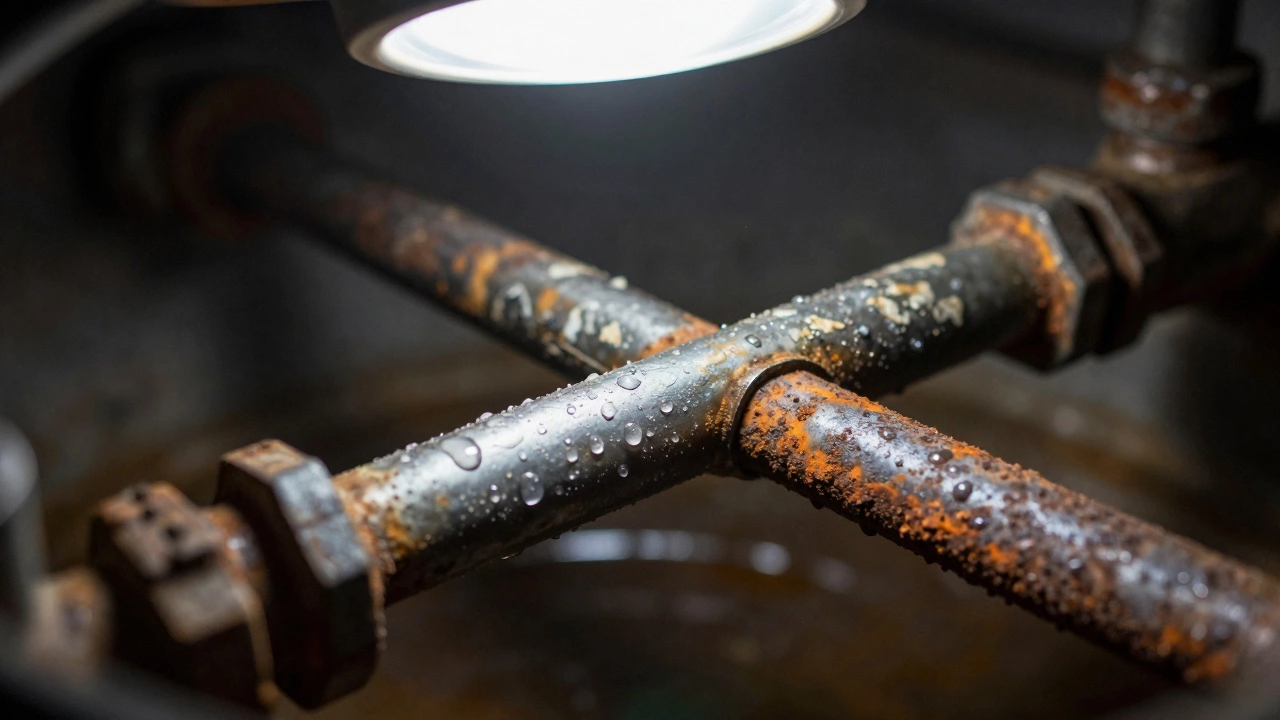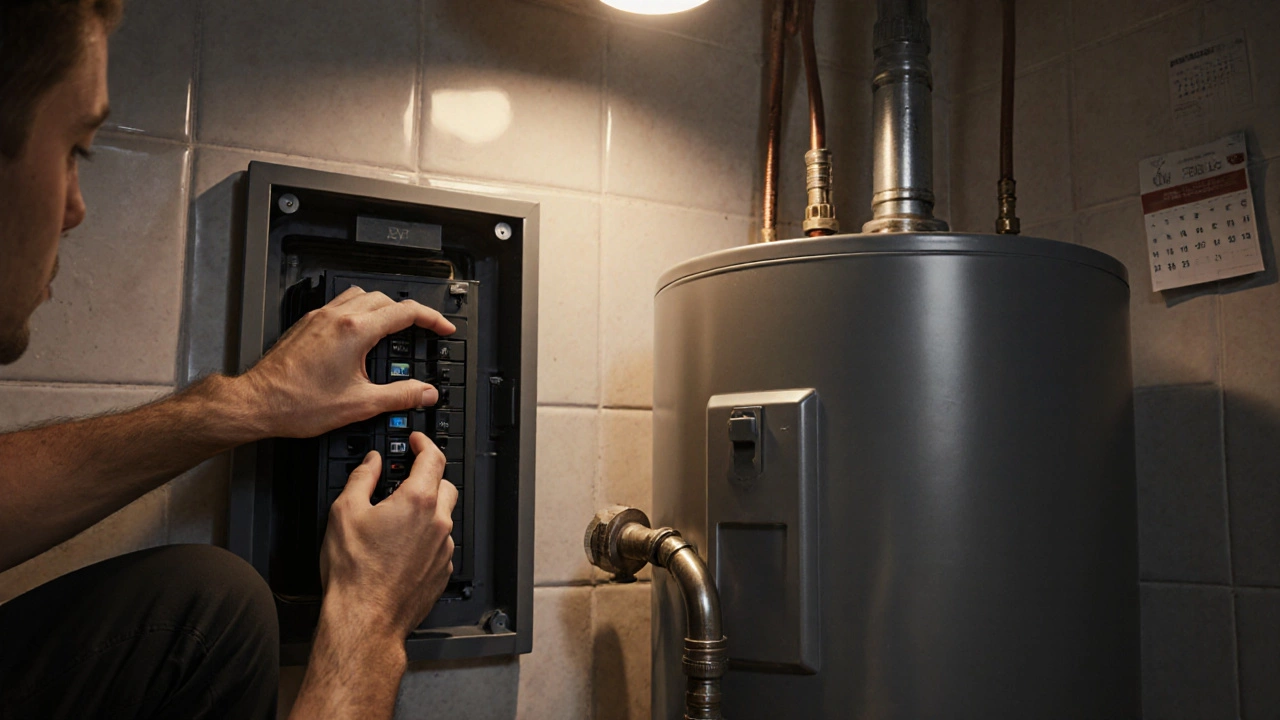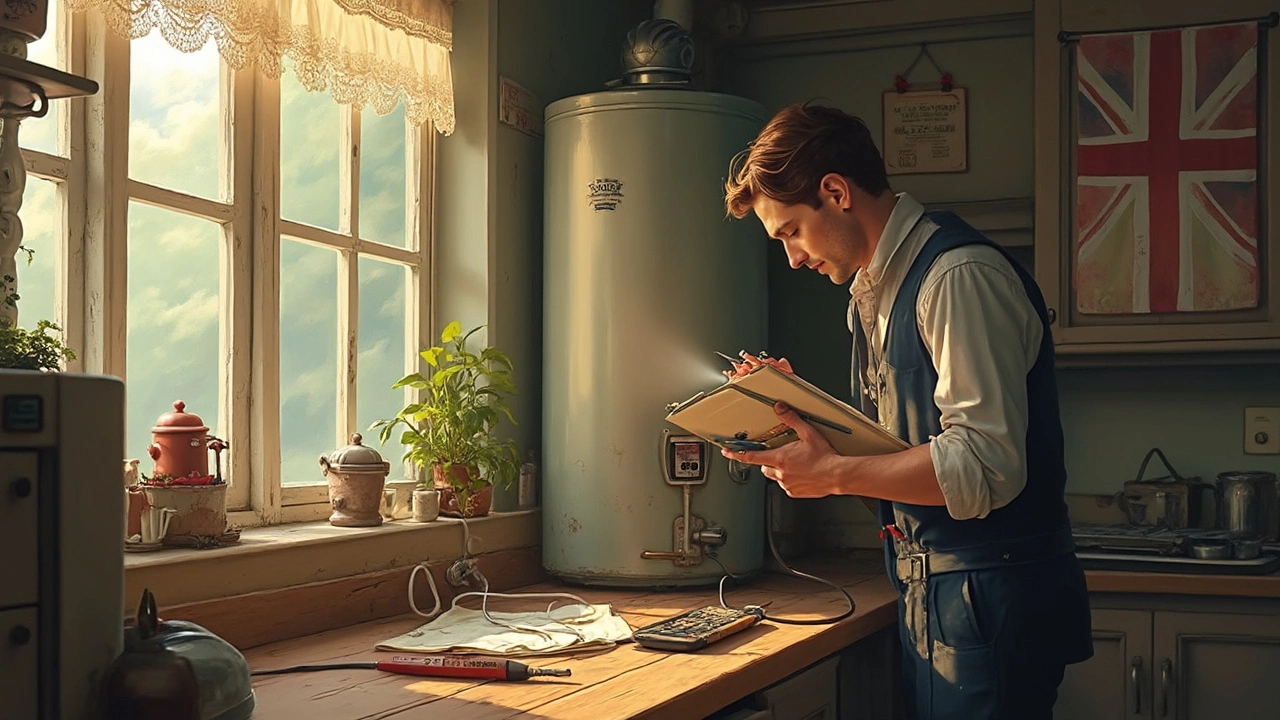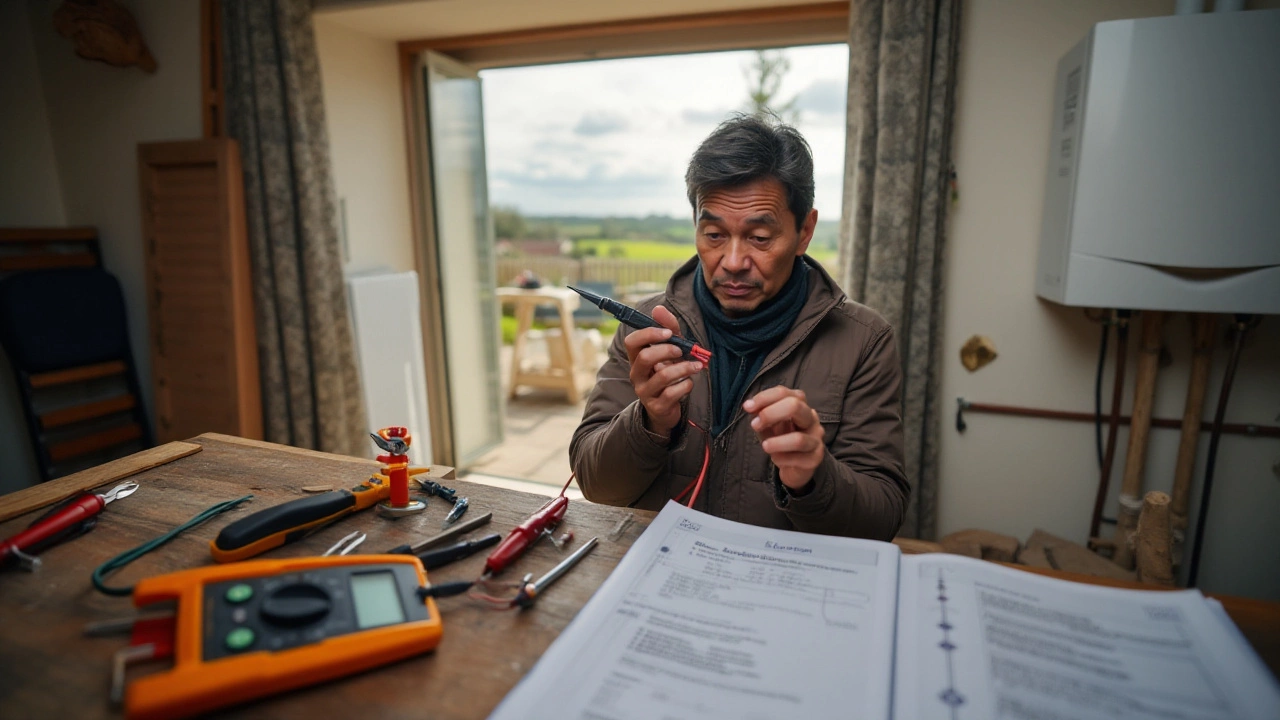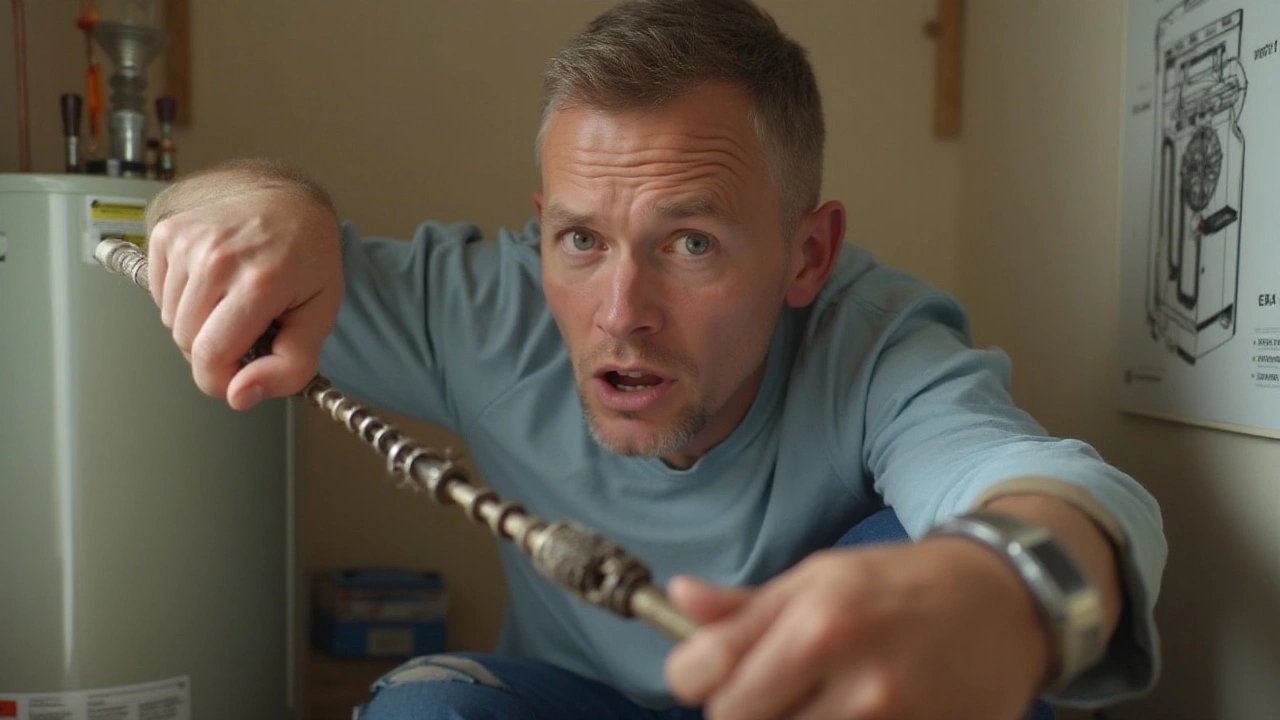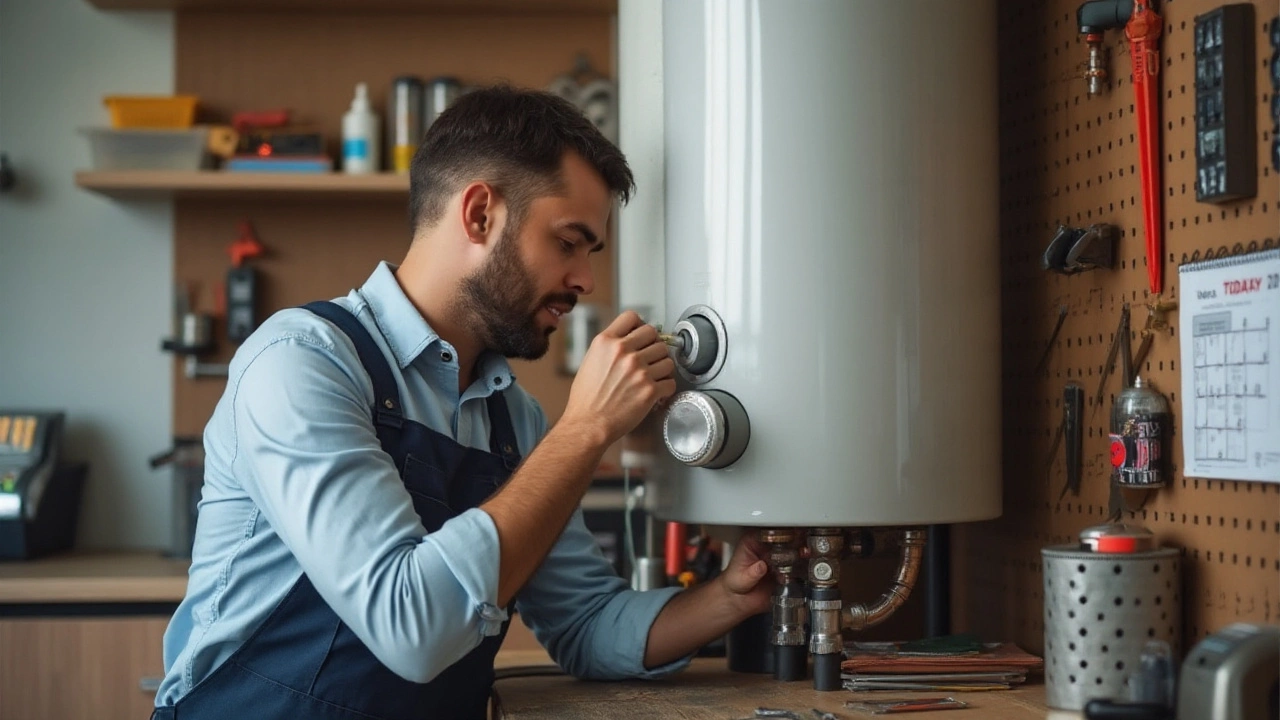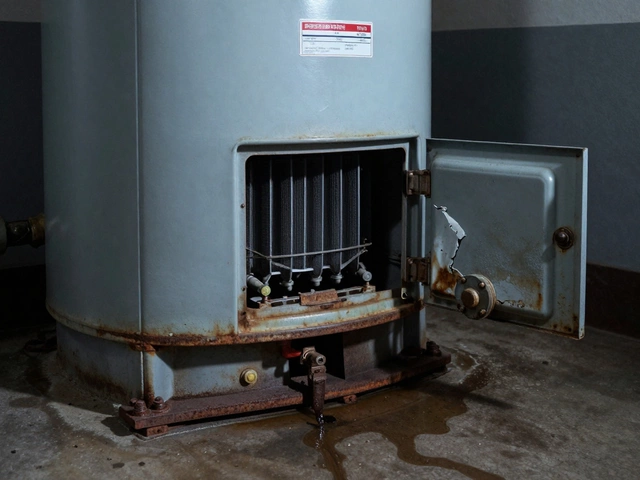Water Heater Maintenance: Simple Steps to Keep Hot Water Flowing
If your shower feels like an ice bucket, the first thing to check is your water heater. A quick maintenance routine can stop most problems before they turn into costly repairs. You don’t need a toolbox full of gadgets – just a little time and a few basic tools.
Basic DIY Checks
Start with the power. For electric units, make sure the breaker is on. For gas heaters, look for a lit pilot light. If either is off, reset it and see if hot water returns. Next, peek at the pressure‑relief valve on top of the tank. It should release a little water when you lift the lever. If it drips nonstop, the valve is faulty and needs replacement.
Cleaning the tank is the next big win. Sediment builds up over time, making the heater work harder and waste energy. Turn off the power or gas, attach a garden hose to the drain valve, and let the water run until it looks clear. Close the valve, refill the tank, and turn the power back on. You’ll notice hotter water faster and a lower electricity bill.
Don’t forget the anode rod. This metal stick inside the tank fights rust. If it’s corroded, the whole tank can start leaking. Unscrew the rod, pull it out, and check its condition. If more than half the metal is gone, replace it. It’s cheap and can add years to your heater’s life.
When to Call a Pro
Some issues are best left to the experts. If you hear popping noises, that usually means sediment is scorching – a professional flush is safer. Leaking water around the base of the unit is another red flag; it could be a cracked tank that only a trained technician can assess.
Also, if the water temperature is inconsistent – hot one minute, lukewarm the next – the thermostat or heating elements might be failing. These parts involve electrical work that requires certification. A licensed Hinckley repair service can diagnose the exact cause and fix it right the first time.
Regular professional check‑ups are a smart habit. We recommend a service visit once a year, even if you’ve done the DIY steps. A technician will test pressure, check gas lines, and ensure everything complies with safety standards. This prevents nasty surprises like a sudden loss of hot water during a winter night.
Keeping a simple log helps you stay on track. Write down the date you flushed the tank, replaced the anode rod, and any odd smells or noises you noticed. When you call a pro, they’ll have a clear history and can work faster.
Bottom line: a few quick actions every few months keep your water heater humming. Turn the power off, drain the tank, check the valve and anode rod, then power it back up. If anything feels off, schedule a professional visit. With regular care, you’ll enjoy steady hot water and avoid emergency repair bills.
4 December 2025
·
0 Comments
Flushing your water heater removes sediment buildup that reduces efficiency and shortens lifespan. Learn the difference between draining and flushing, when to do it, and how to do it safely to extend your heater's life.
Read more
4 December 2025
·
0 Comments
Replace your water heater's anode rod every 1-3 years to prevent tank corrosion, rust, and leaks. This simple maintenance step can extend your heater’s life by a decade and save you thousands.
Read more
10 October 2025
·
0 Comments
Learn step‑by‑step how to test a water heater, spot common faults, and decide when to call a pro. Simple checks, safety tips, and maintenance advice all in one guide.
Read more
22 February 2025
·
0 Comments
When your hot water heater stops working, it's not just an inconvenience—it's a call for action. Before you panic, perform some simple checks to diagnose common issues. From checking the power source to inspecting the pilot light, these steps can often help resolve the problem quickly. Knowing what to look for can save you from unnecessary repair costs and cold showers. Familiarize yourself with these troubleshooting steps and make sure your hot water heater is in top shape.
Read more
14 December 2024
·
0 Comments
A water heater that keeps tripping can be both a nuisance and a potential hazard if not addressed properly. This guide explores the common causes behind this issue and provides practical steps for homeowners to diagnose and fix the problem. You'll learn how to identify faulty components, manage electrical issues, and maintain your water heater to prevent future occurrences. Through clear explanations and handy tips, you can ensure a more reliable and efficient heating system in your home. Regular maintenance practices to extend your water heater's lifespan are also discussed.
Read more
14 November 2024
·
0 Comments
To maintain the efficiency and longevity of your water heater, regular flushing is crucial. This article delves into how often you should flush your water heater, providing insights into the signs and benefits of regular maintenance. Learn why sediment buildup can be a problem and discover practical tips for DIY flushing. Explore different types of water heaters and the unique maintenance needs of each.
Read more
7 November 2024
·
0 Comments
Discovering when your water heater's anode rod is failing can save you from costly repairs. This article delves into recognizing symptoms of a bad anode rod, its role in preventing tank corrosion, and practical tips on checking and replacing it. Learn how timely maintenance extends the life of your appliance and ensures consistent hot water supply. A must-read for homeowners looking to preserve their water heaters efficiently.
Read more
19 October 2024
·
0 Comments
Water heaters are essential for our daily comfort, yet they often seem to fail quicker than expected. This article explores several common reasons for water heater malfunctions, emphasizing the role of sediment buildup, rust, and faulty installation. It also provides practical tips on routine maintenance and smart usage to help extend the lifespan of your water heater. Understanding these factors can aid homeowners in preventing unexpected breakdowns and costly repairs.
Read more
23 August 2024
·
0 Comments
Replacing the anode rod in a water heater is a crucial task that ensures longevity and efficiency. Costs for this maintenance can vary significantly based on several factors such as the type of anode rod and local labor rates. This article dives into all aspects of anode rod replacement, providing detailed information on costs, types of anode rods, and practical tips for homeowners considering this repair. Maintaining your water heater effectively can save money and prevent unexpected repairs.
Read more

